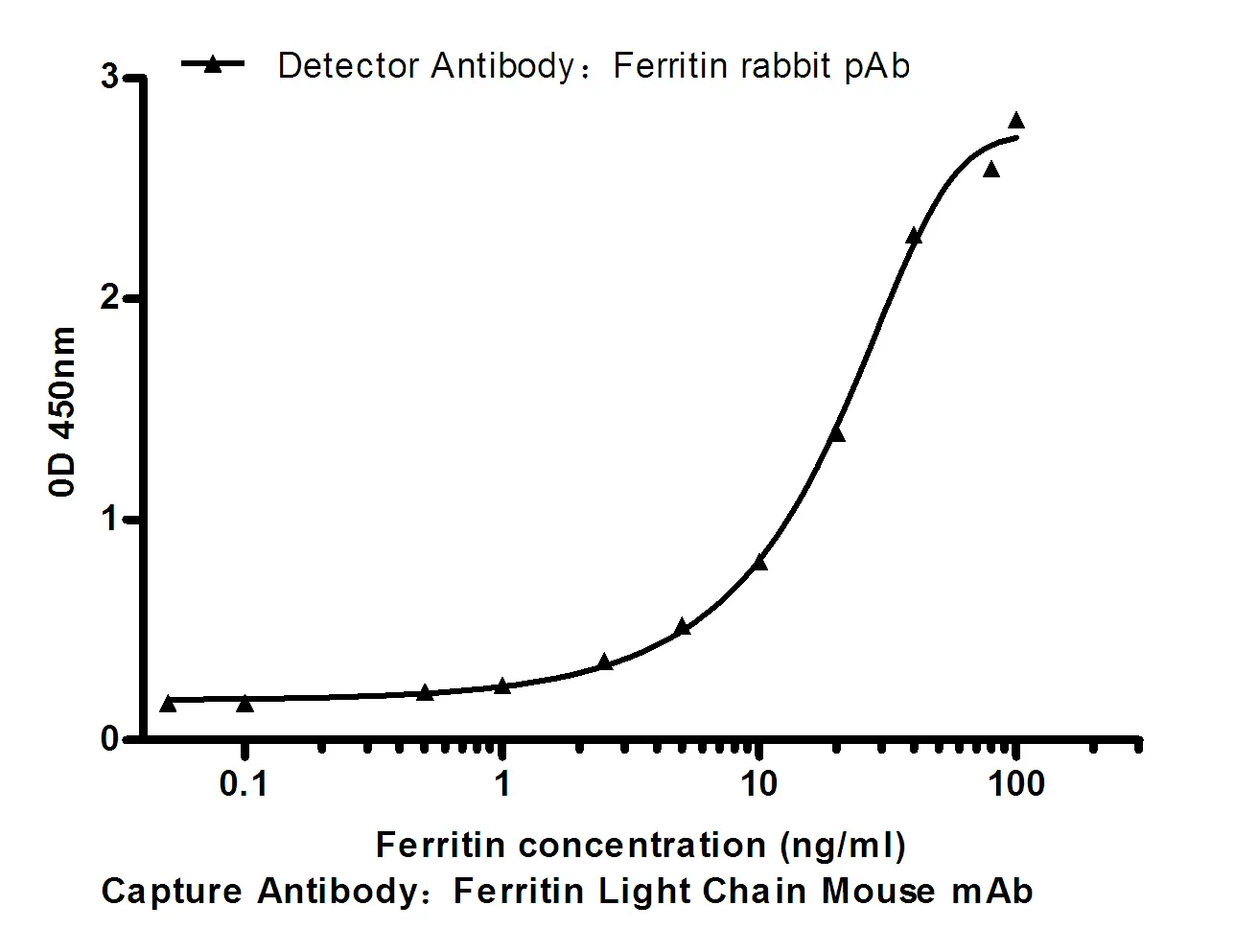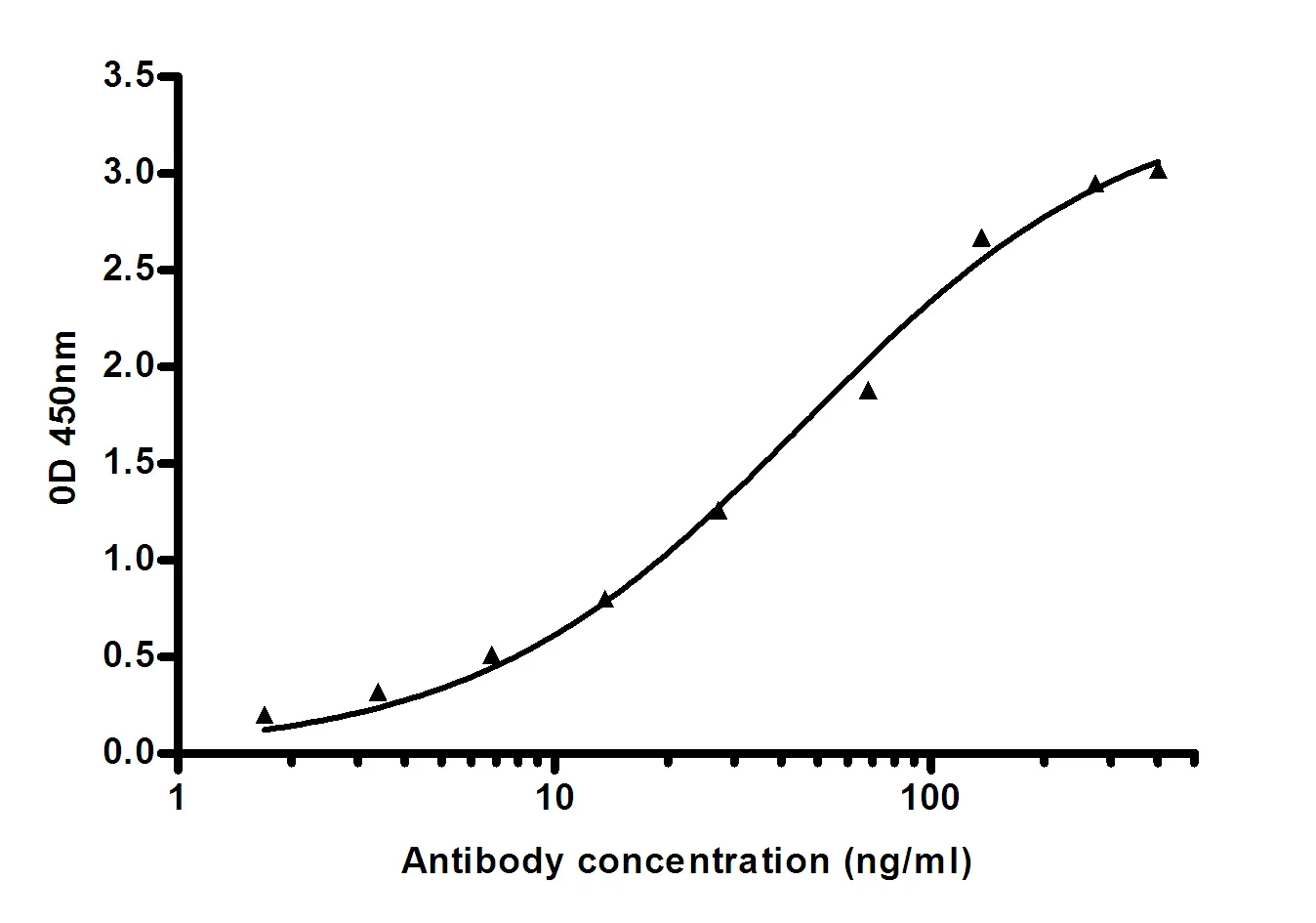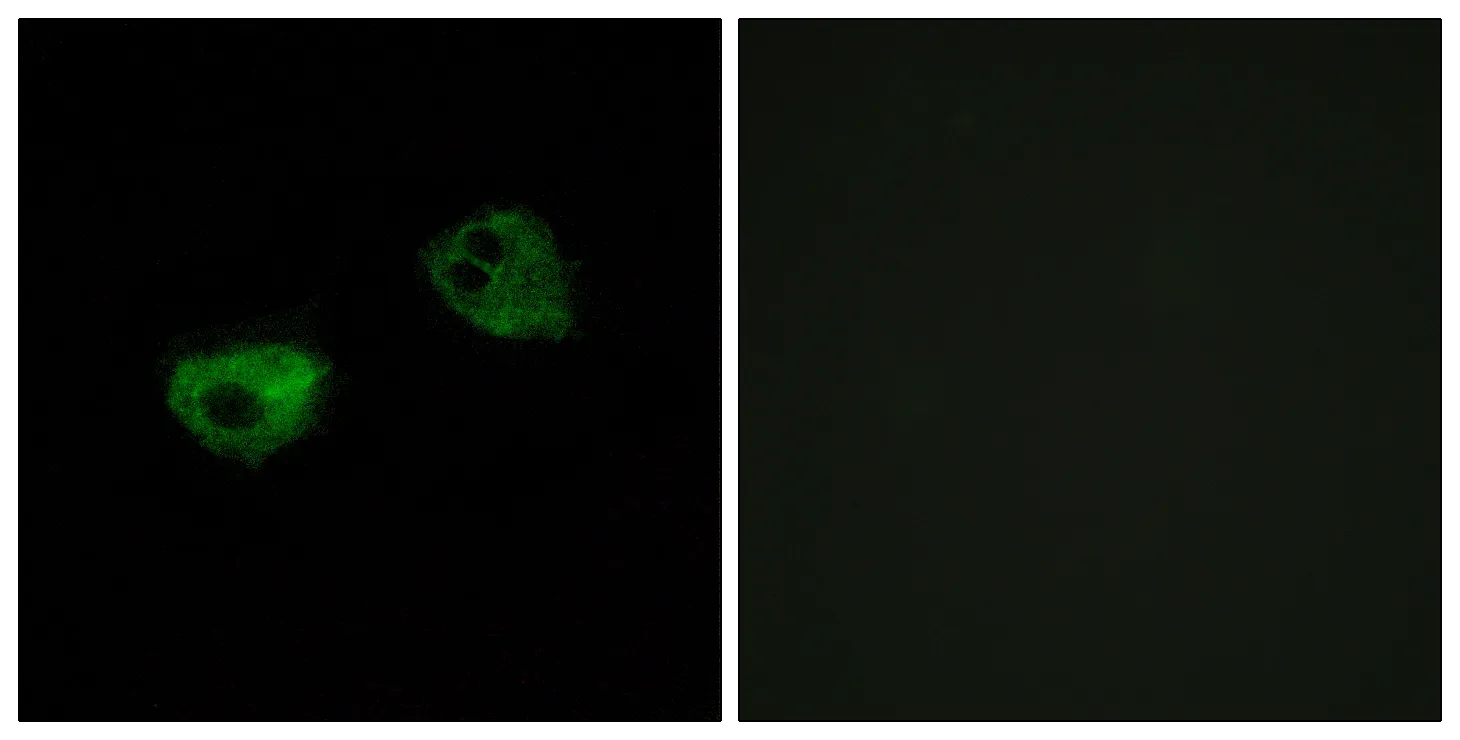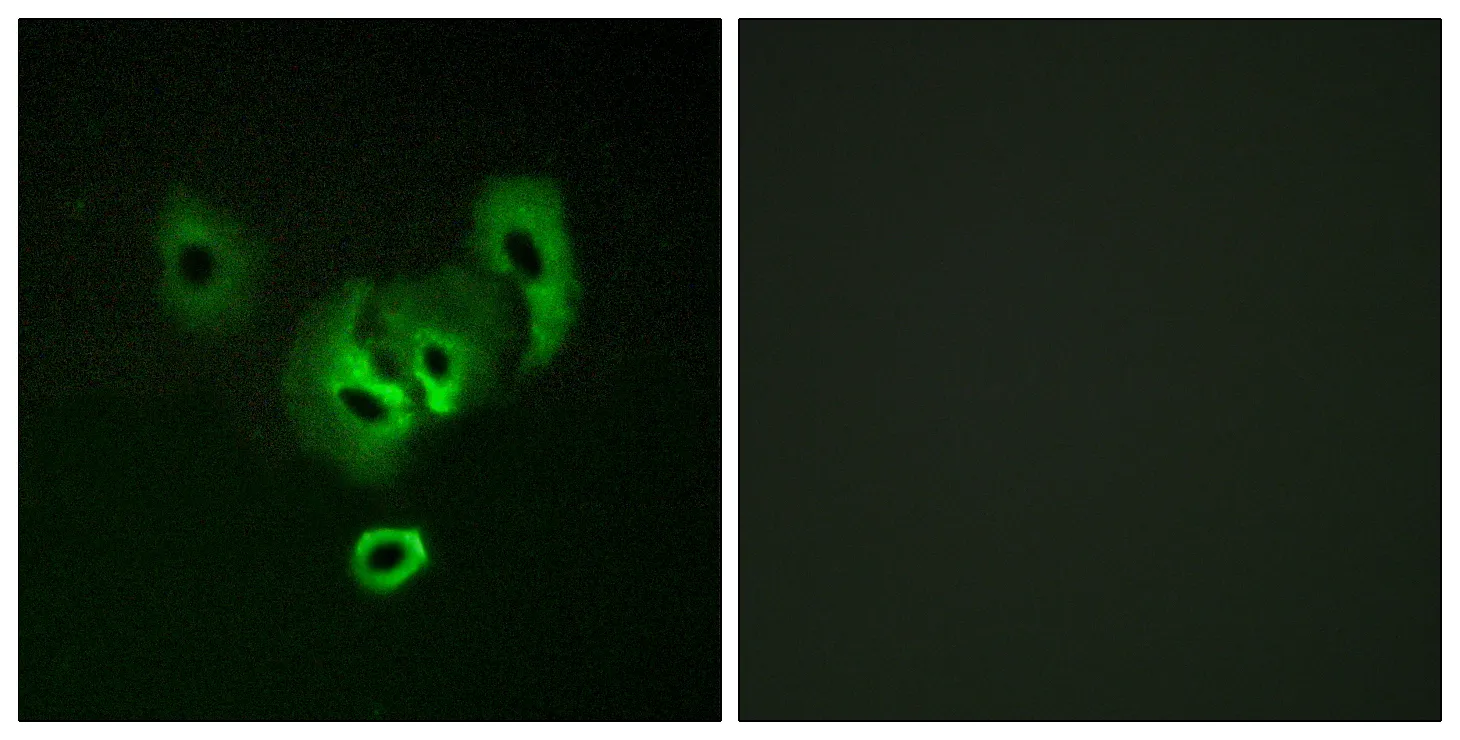Summary
Performance
Immunogen
Application
Background
This gene encodes a member of the latrophilin subfamily of G-protein coupled receptors (GPCR). Latrophilins may function in both cell adhesion and signal transduction. In experiments with non-human species, endogenous proteolytic cleavage within a cysteine-rich GPS (G-protein-coupled-receptor proteolysis site) domain resulted in two subunits (a large extracellular N-terminal cell adhesion subunit and a subunit with substantial similarity to the secretin/calcitonin family of GPCRs) being non-covalently bound at the cell membrane. [provided by RefSeq, Jul 2008],PTM:Proteolytically cleaved into 2 subunits, an extracellular subunit and a seven-transmembrane subunit.,similarity:Belongs to the G-protein coupled receptor 2 family. LN-TM7 subfamily.,similarity:Contains 1 GPS domain.,similarity:Contains 1 olfactomedin-like domain.,similarity:Contains 1 SUEL-type lectin domain.,subunit:Forms a heterodimer, consisting of a large extracellular region (p120) non-covalently linked to a seven-transmembrane moiety (p85).,






